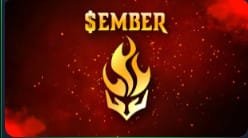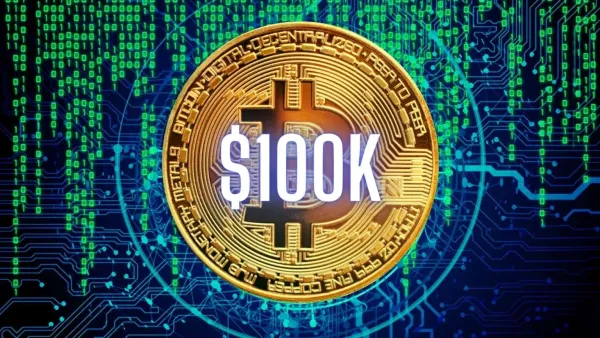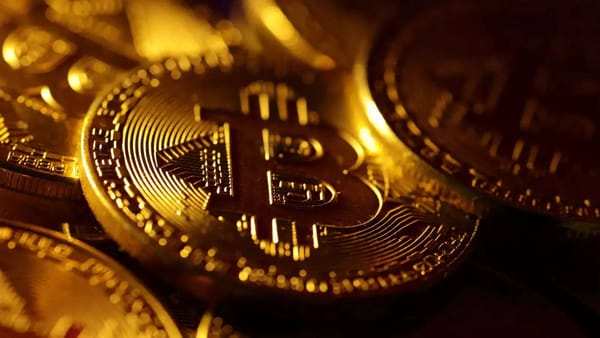Explore the On-Chain Economy of Ember Sword

Bright Star Studios has recently released a comprehensive overview of the game economy for their free-to-play sandbox MMORPG, Ember Sword. This detailed breakdown covers various aspects of the game’s economic design, encompassing both off-chain and on-chain elements, cosmetic items, collectible merging, land ownership mechanics, early access particulars, and the role of the $EMBER token within its ecosystem.

In addition, the publication features an updated roadmap outlining key milestones spanning from 2024 to 2026. This article marks the beginning of a series exploring Ember Sword's on-chain economy, providing insights into how players can enrich their in-game experiences.
Explore the On-Chain Economy of Ember Sword
What is Ember Sword?
Ember Sword stands out as an MMORPG that emphasizes engaging gameplay, blending fast-paced ARPG/MOBA combat within a persistent fantasy world. The game fosters a vibrant ecosystem where players can acquire rare cosmetics, own dynamic land plots, and collect valuable items, all while contributing to a landscape that reflects their vision. Blockchain-based ownership enhances the rarity and excitement, empowering players to actively shape the game world.

Players acquire collectibles through PvE battles, PvP seasons, and boss challenges. By trading or merging these cosmetics for rarer items, they can showcase both their style and gaming prowess. Landowners play a pivotal role in this evolving environment by offering premium services and managing resources, which translates into tangible rewards.
Off-Chain vs. On-Chain
Ember Sword incorporates both on-chain and off-chain items, adhering to a strict no-pay-to-win philosophy. This approach supports a player-controlled economy where unique digital items, known as collectibles, play a central role. These collectibles include character and weapon skins, emotes, and land plots, all of which can be owned, traded, and upgraded using the game's currency, $EMBER.

Cosmetic Collectibles
Cosmetic collectibles in Ember Sword allow for player personalization without impacting gameplay balance. These items, earned through gameplay or purchased in the Premium Shop, are immutable and limited in number to ensure their rarity. Players can merge collectibles to increase their rarity, trade them on secondary markets, or display their unique style in the game.

Merging Collectibles
Merging collectibles is a significant feature in Ember Sword. By combining four collectibles and using $EMBER, players can obtain higher-tier, rarer items. This merging process increases the scarcity and uniqueness of each item in the game, promoting a dynamic economy accessible to all players.

$EMBER: The Core of Ember Sword's Economy
$EMBER serves as the cornerstone for purchasing and enhancing collectibles within Ember Sword. With a fixed supply of 2.5 billion tokens, $EMBER drives the game's cosmetic and economic activities. Players earn $EMBER through PvE and PvP events, while landowners can generate additional rewards by hosting Premium Shops and facilitating player trades. The distribution of $EMBER is closely tied to active gameplay, ensuring a balanced economic ecosystem.

Land Ownership and Rewards
Land plots in Ember Sword are limited and highly valuable. With only 40,000 plots available in the First Nation, Solarwood, landowners are eligible for exclusive $EMBER rewards derived from Premium Shops and Player Trading activities. This incentivizes land ownership and active participation in the game's economy.

Final Thoughts
Ember Sword’s on-chain economy offers players a unique gaming experience, combining engaging gameplay with a player-driven market. Through earning and merging collectibles or participating in the $EMBER economy, players have the opportunity to shape their journey within this MMORPG. For further insights into the $EMBER token and its allocation, refer to Ember Sword’s detailed documentation [here].



